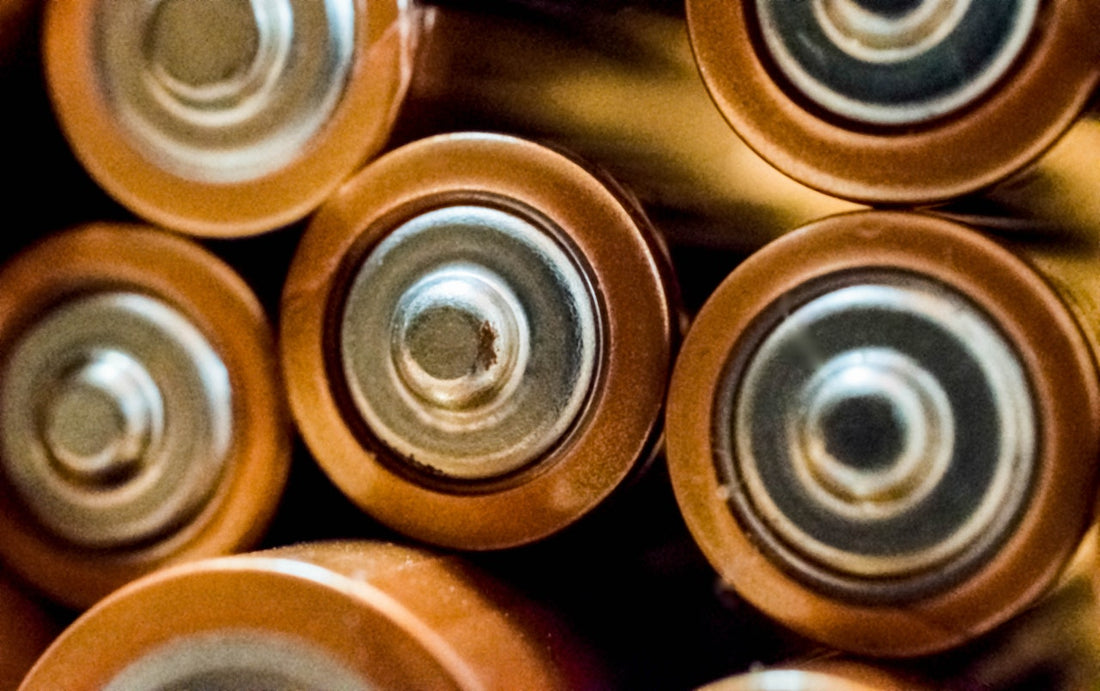Lithium batteries have a fairly low self-discharge rate, typically 2% to 3% per month. Therefore, you can safely store them for a long time. However, you should follow the correct protocol.
The risk of not using a lithium battery for several months is to over-discharge, resulting in a permanent drop in performance. There are actually two ways to properly store lithium batteries:
⭐ Some manufacturers recommend keeping a 100% charge state before storing
⭐Other recommended 40% state of charge
In both cases, disconnect the battery cable, doing so ensures that no load is applied.
Also, be sure to store them in a cool place (70°F is ideal).
5 Ways to Maintain Your Lithium Battery
Typically, lithium batteries used in solar systems or solar generators are connected to solar charge controllers and inverters that convert direct current to alternating current. Using state-of-the-art equipment, you can even adjust the charging and discharging voltage of lithium batteries.
Let's take a look at our 5 ways to increase the life of lithium batteries.
⭐Avoid temperatures below 32°F (0°C) and above 95°F (35°C)
Lithium batteries are electrochemical systems that store electrical energy in the form of chemicals. Therefore, their performance is affected by ambient temperature. Operating the battery at temperatures below 32°F (0°C) can cause negative metal deposition, which can lead to short circuits. Above 95°F (35°C), other parasitic reactions are promoted, leading to further degradation.
⭐ Do not charge to 100%
It sounds unnatural, but a high state of charge can shorten the life of your lithium battery. Several experimental studies have shown that simply charging the battery to 90% can extend the lifespan by 2 to 5 times compared to a fully charged battery. To do this, you must reduce the float voltage by 0.1 V to 0.3 V compared to the manufacturer's instructions.
⭐ Do not drain it to 0%
On the other hand, your lithium battery should not be completely drained. Deep discharge promotes metal degradation, leading to short circuits that can irreversibly damage lithium batteries. Typically, manufacturers recommend an 80% depth of discharge to extend battery life. 70% depth of discharge can even double your battery life. To adjust the depth of discharge, you need to modify the cut-off voltage of the BMS or inverter.
24V battery, 80% DOD, cut-off voltage = 24V (with load)
12V battery, 80% DOD, cut-off voltage=12V (with load)
⭐ Use partial discharge cycle
A partial discharge cycle occurs when less than 50% of the battery capacity is discharged before charging. This will greatly extend your battery life. You can perform thousands of partial cycles before the battery starts to degrade.
One of the best partial discharge cycles is from 75% to 25% capacity. The benefits of partial discharge should be balanced against the lower usable capacity (50%).
⭐ Do not charge/discharge too fast
Although lithium batteries are suitable for fast charging of solar panels, high currents can create stress in the battery chemistry. The same happens with high discharge currents. Therefore, we recommend limiting the continuous charge-discharge current to a maximum of 0.8C (80% of battery capacity within 1 hour). For example, a 50Ah battery should be charged/discharged at maximum. 0.8 * 50 = 40 amps of current.
🎉 Final Thoughts
We need durable solar cells After a century of dominating the market, lead-acid batteries are now obsolete. In fact, their lifespan is only 3 years. Lithium batteries, such as LiFePO4, are more durable and versatile.

